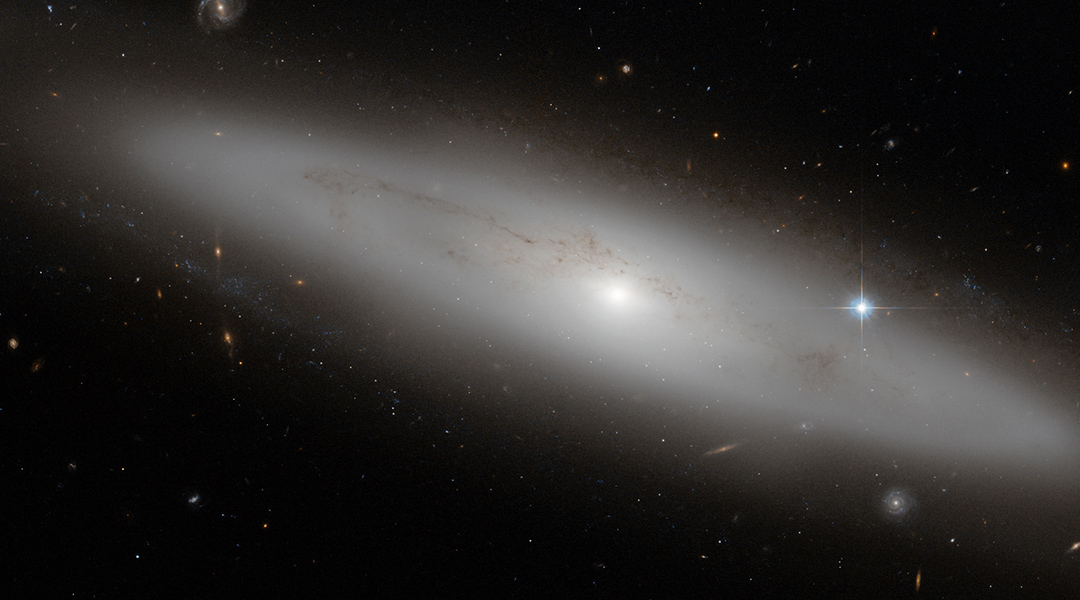Researchers at the Southern University of Science and Technology in China ask if gravitons can be promising candidates for dark matter components.


Researchers at the Southern University of Science and Technology in China ask if gravitons can be promising candidates for dark matter components.

Astronomers are discovering that the rate of star formation in the universe is dropping, and they want to know why.

An unexpected finding in the heart of the NGC 3182 galaxy led to an intriguing search for the origins of a ring of star-forming gas.

NASA has published the first five images from the James Webb Space Telescope, highlighting each of the key questions it will study.

The first images of the environment around an energetic X-ray binary star could help expand our understanding of planet and star formation.

The impact of virtual particles on accelerating objects in a vacuum has never been observed, and a new thought experiment aims to rectify this.

A new thought experiment explores the interface between quantum mechanics and general relativity using the transfer of information.

Astrophysicist and retired NASA astronaut Steven Hawley takes us through his fascinating career.

Scientists have observed a peculiar object emitting radio waves once every 20 minutes, and it may be a new kind of neutron star.

The new James Webb Space Telescope will collect infrared light from distant corners of the cosmos, enabling scientists to see further than ever before.